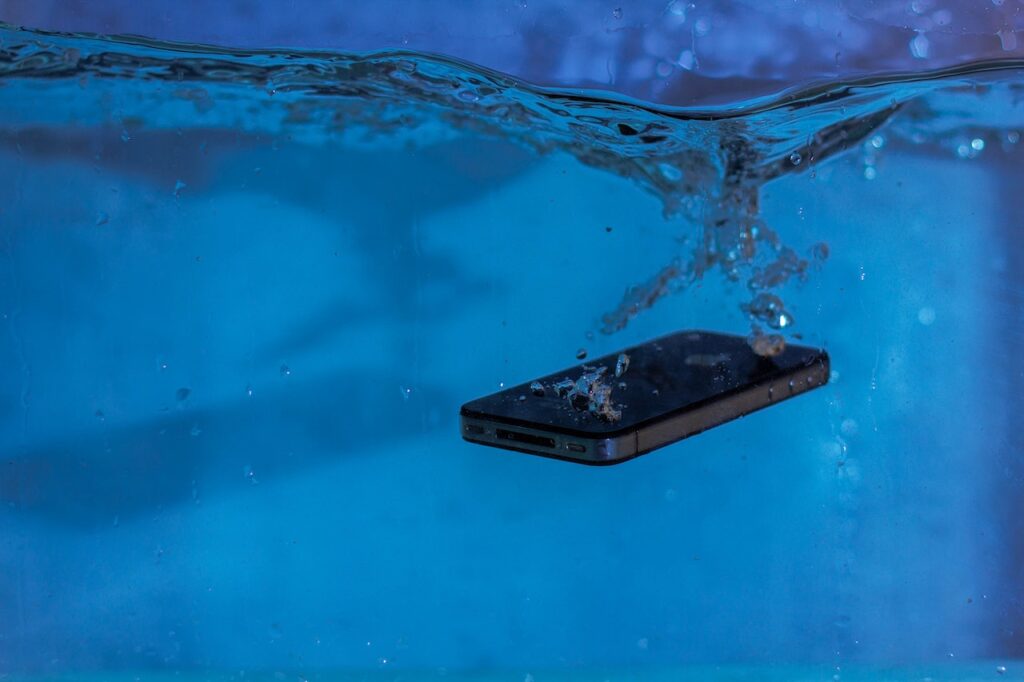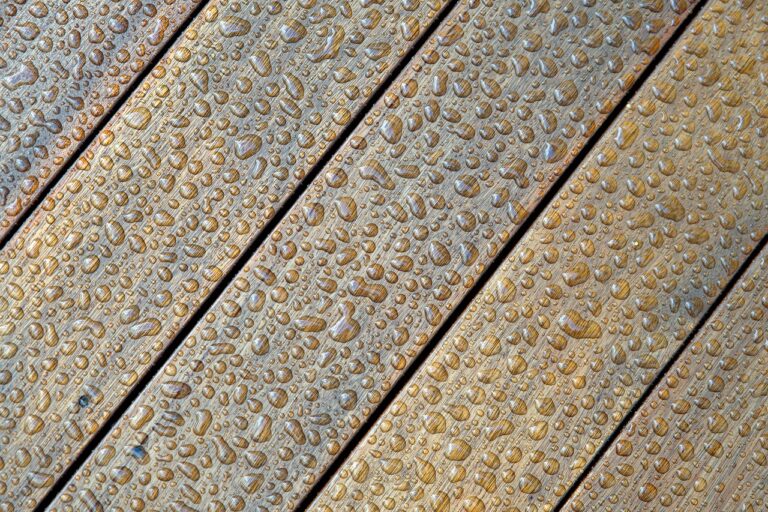Water damage can be one of the most devastating experiences for homeowners. Whether it’s due to a burst pipe, a leaky roof, or a natural disaster, the impact of water can wreak havoc on your home and belongings. One area that is particularly vulnerable to water damage is our beloved electronics. From smartphones and laptops to televisions and gaming consoles, water can render these devices useless in an instant. However, with the right knowledge and precautions, it is possible to restore water-damaged electronics and salvage your valuable possessions.
Prevention is Key
The first and most important step in protecting your electronics from water damage is prevention. Here are some handy tips to keep in mind:
1. Keep Electronics Away from Water Sources
It may seem obvious, but it’s worth emphasizing. Avoid placing your electronics near sinks, bathtubs, or any other water sources in your home. Accidents happen, and a simple spill can quickly turn into a disaster.
2. Invest in Waterproof or Water-Resistant Devices
If you live in an area prone to water damage or have experienced it before, consider investing in electronics that are specifically designed to withstand exposure to water. Look for devices with an IP67 or IP68 rating, which indicates their water resistance level.
3. Use Protective Covers and Cases
For electronics that are not inherently water-resistant, such as smartphones and tablets, using protective covers and cases can provide an extra layer of defense. Look for cases that are designed to be waterproof or water-resistant.
4. Install Water Leak Detection Systems
Installing water leak detection systems in your home can help you detect leaks or burst pipes early on. These systems can send alerts to your smartphone, allowing you to take immediate action and minimize potential damage.
5. Consider Purchasing Insurance Coverage
Consider purchasing insurance for your devices that includes protection against water damage. While it may come at an additional cost, it can provide peace of mind knowing that your electronics are covered in case of an unfortunate incident.

What to Do When Water Damage Occurs
Even with the best preventive measures in place, accidents can still happen. If your electronics do get water damaged, here’s what you should do:
1. Power Off the Device
If your electronic device comes into contact with water, the first thing you should do is turn it off. Do not attempt to use or charge the device, as this can cause further damage.
2. Disconnect
Disconnect any cables, chargers, or peripherals attached to the device. This will help prevent any potential short circuits.
3. Dry the Device
Gently wipe off any visible water using a soft cloth. Avoid using heat sources like hair dryers, as they can cause damage to sensitive components. Instead, use a desiccant like rice or silica gel to absorb moisture. Place the device in a sealed bag with the desiccant for at least 24 hours.
4. Seek Professional Help
In most cases, it is best to leave the restoration process to professionals who specialize in water-damaged electronics. They have the necessary expertise and equipment to properly assess the damage and carry out necessary repairs.

Precautions to Take During Restoration
While professionals handle the restoration process, there are a few precautions you can take to ensure the best possible outcome:
1. Avoid DIY Repairs
It can be tempting to try and fix the water-damaged electronics yourself, especially if you consider yourself tech-savvy. However, without proper knowledge and tools, you may end up causing more harm than good. Leave it to the experts.
2. Backup Your Data
Before handing over your water-damaged device for restoration, make sure to back up any important data. This ensures that you don’t lose any precious photos, documents, or files during the repair process.
3. Stay Informed About Warranty Coverage
If your device is still under warranty, check with the manufacturer or your insurance provider to see if water damage is covered. This can save you money on repairs or replacement costs.
The Bottom Line
Water damage is a serious threat to our homes and belongings, especially when it comes to electronics. By taking preventive measures, such as keeping electronics away from water sources and investing in water-resistant devices, you can reduce the risk of water damage. However, accidents can still occur, and if your electronics do get water damaged, it is crucial to follow the right steps. Turning off the device, drying it properly, and seeking professional help are key to increasing the chances of successful restoration.
Remember, when it comes to water-damaged electronics, it is always better to be cautious and seek professional assistance. Your electronics are valuable investments, and with the right precautions and prompt action, you can protect them from the perils of water damage. Stay informed, stay prepared, and safeguard your home from water-related disasters.






